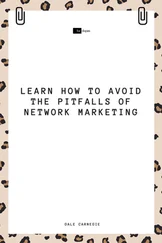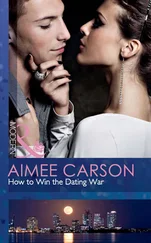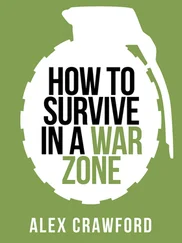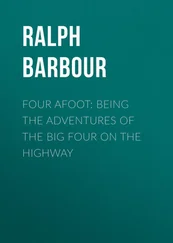‘Also, be careful what you carry in a war zone. Take no detailed maps, no compass and no binoculars.
‘And when it comes to questions, keep away from anything the enemy might find useful. Back in 1993 in Sarajevo, when I asked a commander on the front about troop strength, he accused me of being a spy and I got into a lot of trouble. Stick to human questions, stuff about what they and the civilian population around them are going through, stuff that will be relevant back home. Specifics about the military machine will get you in trouble.’
Spies are supposed to be people who can pass through a room, meeting and chatting with everyone, but no one remembers their name or even what they look like the following day. I am not suggesting you put on your tuxedo or slinky cocktail dress and make like a James Bond character, but if you want to pass under the radar, you need to find a way to become invisible. And if you can’t manage that, you must become so harmless and boring that you would never be considered a threat.
If you are going under cover, the best thing to do is perfect the art of looking innocent. This is a lot easier if you are a brown girl! Never look directly at soldiers, look down if you have to, smile a lot and cook up stories as you go along. In Myanmar I smiled a lot, but I was very reliant on my fixer’s local knowledge. He was amazing, a real pro at making up stories, so we had plenty to tell people as we went along.
The Nepal-based journalist Subina Shrestha told me that she and her husband have perfected the art of looking lost and pretending not to understand: ‘When we were doing a story in Uttar Pradesh in India, the cops and the politicians were threatening to kill us. They had goons with sticks, so we played simple, lost tourists. That helped, I think, or maybe we were just lucky.’
Shadi Alkasim worked on some highly sensitive stories with the Baghdad Bulletin and other media outlets in Iraq. Lives were at risk, so he learnt to hold onto the most important stories until he was in a place where he could shout about them. ‘If you cover any important news – a corruption case, issues related to violations of the laws of war, or crimes against humanity – think very carefully before you publish the story. Publication can put your life at risk. My advice is to be patient until you leave the conflict zone, and then to publish what you want.’
/WHERE TO SIT IN A DODGY PLANE
While writing this book, there have been some questions people keep asking me again and again. The best place to be sitting in a plane in the event of a crash is one of them. I hadn’t even thought about it. I think I have been avoiding it. I get scared when I fly in big planes these days. Like a lot of frequent flyers, I’ve had my share of what felt like close calls. The Aeroflot wing clipping the water as it landed at Odessa after a five-second freefall earlier in the flight was probably the worst. But some confidence was restored by the hot South African pilots flying the Amman–Baghdad route. To avoid mortar attacks when landing, they have to let the plane spiral down to the ground. It takes about three minutes from top to bottom, or one appropriately anthemic Coldplay song on my iPod. You shift slightly forward in your seat and, compared to a normal landing, it feels like a nosedive. But these pilots manage it every time, and then they turn around and flash you a smile just to make sure you will recognize your hero if you see him later in the bar.
I think what scares me about flying is my lack of control over the whole situation. But it turns out that we all have some power about the choices we make when we fly, and they get greater as the plane gets smaller. As a skydiver, I am tempted to tell you that if you find yourself in a plummeting aircraft, simply open the door, chuck yourself out and hope for the best. But that’s not the most sensible advice, so I turned to a man I know whose day job is to fly some of the scariest routes around – across parts of Africa where runways fear to tread, in planes that look like they were put together with superglue. Meet Mike Sawatzky. He has worked commercial, cargo and NGO flights across the Democratic Republic of Congo (DRC) for years, flying in and out of Kivu while battles rage below. Here’s his advice about the best place to sit:
‘I prefer two places: either next to the emergency exit or straight behind the pilot – even beside him if I can. Post 9/11 this is no longer possible in most places, but where I live in DRC the cockpit door is left open for you to meet and greet the crew and get to know them.
‘The emergency exit gives you the chance to be the first out of the plane before the fuel reaches flashpoint. But sitting at the back of the plane also has some advantages: it gives you the chance to be the last one to hit the deck. Plus, if you are crashing nose-down, you avoid everyone’s carry-on duty free hitting you on the back of the head.
‘As a pilot, I know that things go wrong and that I have remedied them in the past before the passengers realized what was happening. If a pilot can show me he’s cool as his world is falling apart, I can snooze and let him handle the questions after. Maybe that’s why I prefer sitting in the cockpit.
‘One time I flew with a Russian pilot to a bush strip in eastern DRC. He was a tough ex-military guy; he knew his stuff. I sat right behind this captain with his beer bottle beside his foot. As long as he didn’t go for it right before take-off or landing, I knew I was OK. And if anything went wrong, I could at least get in there and get my hands dirty. The gauges might have been in Cyrillic, but I could wrap my head around that – an airplane is an airplane.
‘When it comes to small planes, I never understand why people are so paranoid. We all appreciate the buzz of the plane as it passes overhead to land and get us outta there. No one frets as much about jumping onto a 50-ton jumbo jet to go hurtling through subspace for 12 hours – at least not to the extent that they will cancel a $3000 ticket.
‘You need to give your pilot the benefit of the doubt. He’s paid his dues to get where he is. Check him out: does he look you in the eyes without brushing off your concerns? Does he command the ground crew and cabin crew affirmatively and respectfully? Does he occasionally throw off the extra baggage because it’s just too much? Does he have an air of respect for his aircraft even if it’s old and lacking paint in certain places? These are all questions you and I have to ask ourselves before we get on board.
‘If you don’t like the look of the pilot, think hard and weigh your options. In many cases you might not have a choice. This is where the emergency exit seat comes in handy!’
A final, but important, tip on moving around small airports on foot comes from Tom Coghlan: ‘Do not walk in front of propeller-driven planes when they have one or more engines turning over. Even at 20 metres, stuff gets sucked into the blades.’
Do not crash your car into a dictator president’s security entourage (especially when the entourage is stationary).
Mary O’Shea
4/ Coping with Gunfire, Bombings and Missiles
You can’t take just anyone from the street and send them into a battle zone. They have to understand the basics – how to discern between a missile, artillery, bullets, sniper or tank fire. I can distinguish these and then react. I can predict when the battle is starting from the people moving into position. I put myself in the position of the soldier. I look for their hiding places. I know the angles.
Leith Mushtaq
On a hostile-environmentcourse a few years ago, I thought I knew everything already, but I couldn’t have been more wrong. I and a truly experienced and war-weary cameraman from Jerusalem dozed through most of the classes. Then we were taken on a day trip to an underground bunker for shooting practice. They showed us a bulletproof car and several different types of wall, and asked where we would hide if someone began to shoot at us. Most of us pointed to the bulletproof car. We then watched in astonishment as our teacher shot through the car in seven bullets, followed by a breezeblock wall in three and a redbrick wall in four. Bulletproof, my arse! A lesson was learnt and never forgotten: nowhere is safe.
Читать дальше
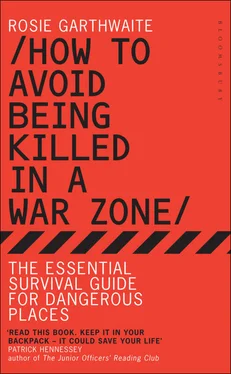
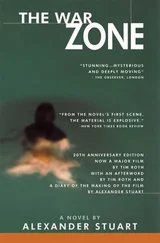


![Джонатан Димблби - Barbarossa - How Hitler Lost the War [calibre]](/books/385421/dzhonatan-dimblbi-barbarossa-how-hitler-lost-the-w-thumb.webp)



